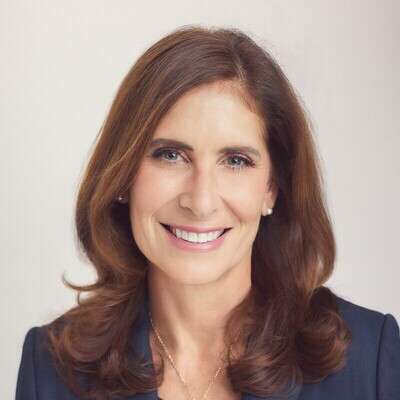The final installment of our series on the transforming Chief Human Resources Officer role focuses on the challenges of organizational diversity.
Global Practice Group Leader Message

Robert Winterhalter, Ph.D.
Global Leader, Human Resources Practice
Managing Partner, Boyden Germany
Countless companies, of all sizes and across all industries, are undergoing major transformations to manage new demands and prepare for the future. Organizations that do not keep up will become less relevant or wield less influence, in turn losing their ability to both retain and attract talent.
In order to survive and prosper amid the changes brought on by new technology and shifting perceptions surrounding the workforce, companies need to evolve their approaches to the board and management, strategy, utilization of technology, and global workforce alignment, training and hiring.
Organizations in consumer/retail, industrial, financial services, healthcare & life sciences, energy and mining, and technology need to focus leadership and the greater global team on the evolution of the modern company. A key driver of these transformations is often the Chief Human Resources Officer or senior HR executives, who are increasingly becoming part of the C-Suite and members of the board. While their positions and influence differ related to various regional and organizational factors, these executives all have a crucial role to play.
Therefore, in developing our second annual Boyden Senior Executive Survey with our partners, clients and industry colleagues, we agreed to focus on the views of CHROs, who often serve as the most important change agents steering management and global teams. Some of the survey results may surprise you.
We surveyed a global panel of 310 CHROs, senior HR executives and other HR decision makers in Australia, Brazil, Canada, Germany, Mexico, the United Kingdom and United States. Guided by key changes companies will face in the coming years, our findings have been released in three parts: Impact of AI and Technology; The CHRO Role in the C-Suite & Board; and Diversity of People and Thought.
It’s important to note that while the survey data include only HR leadership, the commentators who provided analysis of our findings included a wide swath of executives including chairmen, non-executive board members, chief marketing officers, chief digital officers, country managers and others.
In Part 1 of the report, we focused on the transformative power of technology and AI, and in Part 2, we explored the rise of the CHRO role within the C-Suite and board. This third installment is centered on diversity, in terms of both background and skill sets. We found some significant differences in opinions.
When asked what is most important to creating diverse organizations, 70% of HR decision makers cited diverse views, approaches and methodologies, regardless of background. Only 30% said it is important to have teams with diverse backgrounds.
On both points of diversity, the actual results are mixed. Our data show that the junior levels of organizations are diverse, but diversity numbers drop notably in the senior executive and C-Suite ranks. From my experience, in most organizations diversity is still regarded as a bottom-up challenge and not so much top-down. My colleague, Boyden Chairman Jörg Kasten, pointed out a broader view upon reviewing the data: “Both diversity of skills and diversity of background are critical when it comes to developing a well-rounded workforce.”
We offer our many thanks to our panel of executives who contributed insight for Part 3 of The CHRO and the Future Organization, including Gerhard Bohne, Shannon DiPietro, Christian Gollasch, Carolyn Isaacs, Anna Mitchell and Marco Ryan.
There are no simple answers to complex challenges. We hope this report provides useful insights for management teams as they carefully map the future and align their global teams for the next stage of success.




